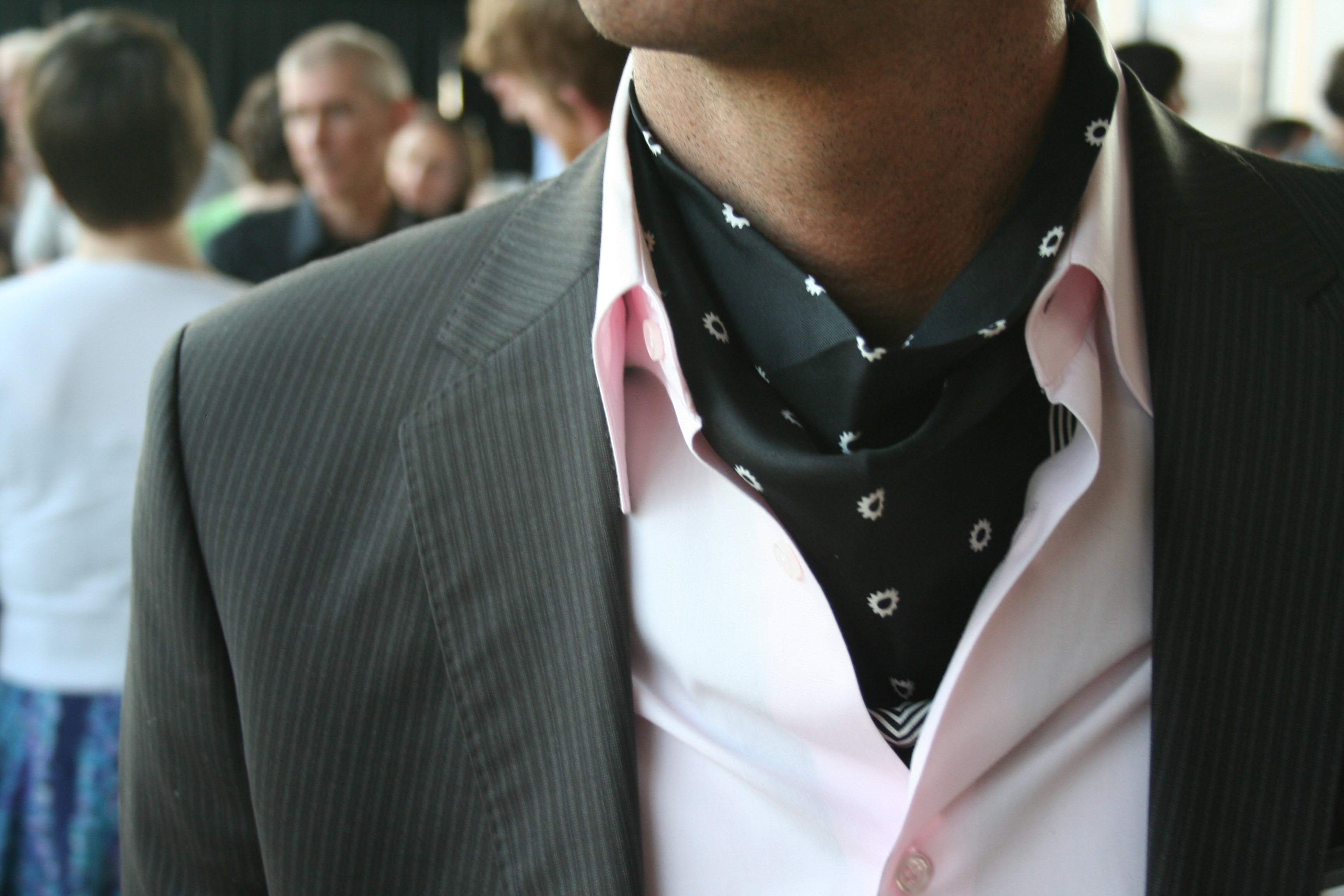10 Surprising Facts You Never Knew About Tying a Tie
Neckties, those long strips of cloth that hang from the collar, are often considered merely an accessory in the grand tapestry of fashion. However, they hold a significant place in history and culture, transcending their seemingly simple purpose. The necktie is a symbol of sophistication, professionalism, and sometimes rebellion. From the boardroom to the red carpet, neckties have been a staple in men's fashion for centuries, adapting to the whims of style and the demands of function. From its origins as a simple piece of cloth used by soldiers to protect their necks from the cold, the necktie has evolved into a statement piece that speaks volumes about the wearer's personality and status. This journey through history is not just about fashion but about the cultural shifts that have influenced the way we dress. As we delve into the astonishing aspects of neckties, prepare to be surprised by the depth and breadth of their impact on society and individual identity.
1. The Historical Roots: From Cravat to Necktie

The story of the necktie begins in the 17th century with the cravat, a piece of cloth worn by Croatian mercenaries serving in France. This early form of the necktie was adopted by the French upper class, who were enamored by its elegance and versatility. The cravat soon became a symbol of status and was intricately tied in various styles, each with its own significance. As the cravat evolved, it spread across Europe, influencing fashion trends and becoming a staple in men's wardrobes. In the 19th century, the cravat gave way to the modern necktie, thanks to the industrial revolution and the need for more practical attire. The modern necktie offered a simpler, more streamlined design that was easier to produce and more comfortable to wear. This evolution was not just about aesthetics; it was a reflection of the changing times, as society moved towards a more industrialized and less aristocratic structure. The necktie became a symbol of the working man, a representation of professionalism and dedication.